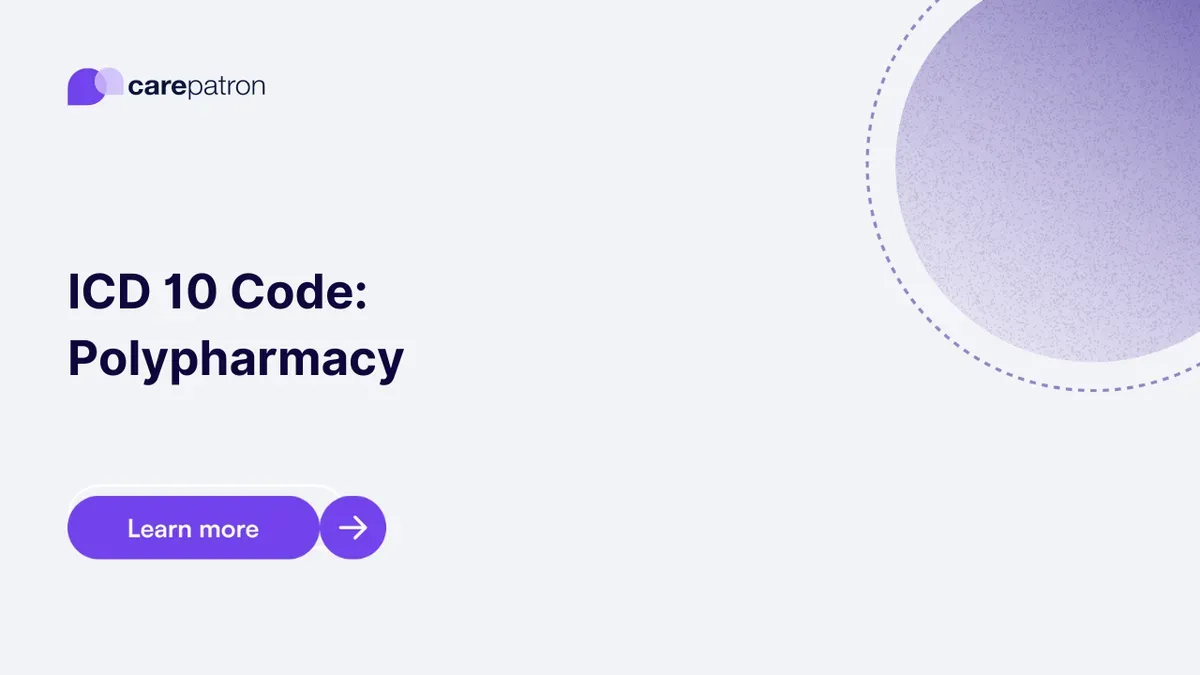What ICD-10 Codes are Used for Polypharmacy
There are no specific polypharmacy ICD codes you can use. However, you can employ the following codes instead:
- T88.7XXA - Unspecified adverse effect of drug or medicament, initial encounter
This ICD-10 code is meant to be used on a patient confirmed to be suffering from an adverse effect of a drug or medicament. This can apply to polypharmacy. This also has an initial encounter label, which means the patient is receiving active treatment for the adverse effect of the drug/medicament.
- T88.7XXD - Unspecified adverse effect of drug or medicament, subsequent encounter
This is the same as Item 1, but this time, it has a subsequent encounter label. This means that the patient is currently in the recovery phase but is still being given active care for the problem.
- T88.7XXS - Unspecified adverse effect of drug or medicament, sequela
This is the same as Item 1, but this time, it has a sequela label. This means, at least in the context of this topic, the patient is dealing with the aftereffects of whatever the adverse effects of the drugs/medicaments were, so the sequela codes should be accompanied by two other ICD-10 codes, one of which should specify the sequela’s nature, while the other should describe its effects on the patient.
- Z91.89 - Other specified personal risk factors, not elsewhere classified
This ICD-10 code is meant to be used on a patient confirmed to be at risk of something. In the context of this topic, this can be used if the patient is at risk of polypharmacy based on whatever tests were conducted on them. This is unacceptable as a principal diagnosis because this is not exactly a condition. It simply explains what the patient is at risk of dealing with.

